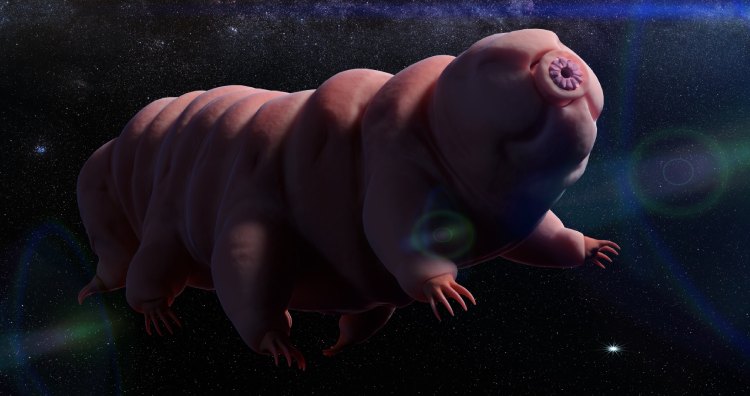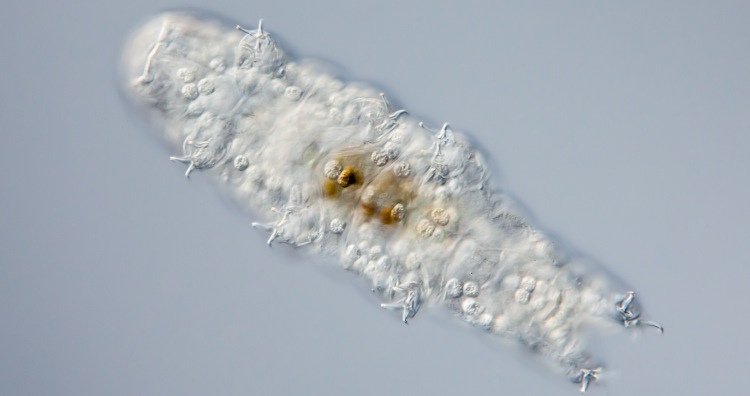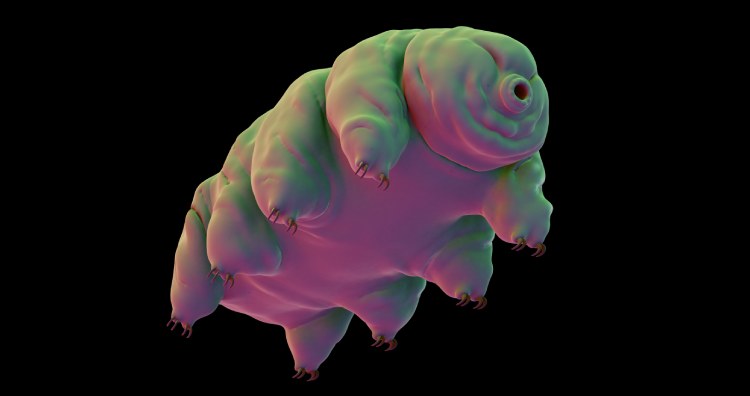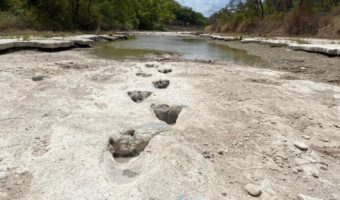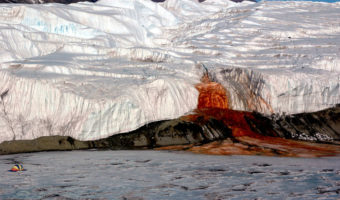30 Interesting Facts About Tardigrades
Table of Contents
16/30
Tardigrades eat bacteria, plants, or even other tardigrades. They usually pierce individual cells of their prey and suck out the contents for nutrients. Delicious!
Most tardigrades eat flowering plants and algae. They use their tube-shaped mouth to suck the contents of the plant cells. But the tardigrades are carnivorous and sometimes eat other tardigrades too. The species is known as nature’s pioneers as they colonize potentially harsh environments and provide food for larger creatures. (source)
17/30
Tardigrades are one among the very few multicellular organisms to colonize.
Tardigrades colonize areas that are otherwise uninhabitable by other organisms and help transform the area for new organisms to come and live. They have a vital role in accumulating essential elements needed for life. They are the links in the food chain that sets the stage for everyone. Tardigrades have successfully colonized areas that are anthropogenic like road sediment, materials accumulated under wall crevices, etc. (1, 2)
18/30
More than 10,000 species of tardigrades have been discovered so far, and more is yet to be discovered.
More than 20 new species of tardigrades are found every year. Anybody can find a new species of tardigrade as it is available in abundance with many varieties. Just a little bit of water is enough for them to survive. They can be found in freezing Arctic regions to active lava fields. (1, 2)
19/30
Tardigrades became the first organisms to survive the solar radiation and vacuum in space.
To understand how robust they are, they were sent on this mission and they survived. The European Space Agency, in 2007, tested sending the tun phase water bears into low Earth orbit in the FOTON-M3 mission. They were sent INto space to see how these organisms do in open space. Around 3,000 water bears were sent to space on the ESA orbital mission. Because of this, space now has organisms from the Earth that are exposed to space conditions but are still alive. Their adaptation to space is now being studied on the ISS. (1, 2, 3)
20/30
As a part of a study, tardigrades were shot out of a high-speed, two-stage light gas gun used in physics experiments, and they made it out alive.
When tardigrades were exposed to fast-flying bullets as part of an experiment to understand their ability to withstand extreme conditions, the test gave us the knowledge of new limits to their life skills. They could survive impacts of 900 meters per second and a pressure of 1.14 GPa. While testing the gun, they were exposed to muzzle velocities that were much more than the usual velocities. (source)
21/30
Tardigrades are capable of withstanding pressure that is 6,000 times that of the atmosphere. They can survive this high pressure in a dehydrated state.
Cellular membranes of any animal, when exposed to extreme temperatures, can take damage to their DNA. Hydrostatic pressure is not withstandable for organisms in general. but tardigrades have shown properties of surviving such pressurized conditions. At pressures of 30 MPa, the metabolism and proliferation of microorganisms are expected to stop. And at 300 MPa, most bacteria and other multicellular organisms die. Tardigrades survive up to 600 MPa. (source)
22/30
The tiny organisms do not have any bones. They are made of a hydrostatic skeleton that relies on fluids and pressure for movement and is filled with nutrients. They also lack a spinal cord.
Tardigrades do not have any bones in their tiny body. They have a ventral nervous system with a fluid-filled compartment called a “hemolymph” (similar to blood in humans) to send signals to their brain and body. just like how the spinal cord works in vertebrates. (source)
23/30
Tardigrades have evolved to move efficiently across many different terrains by utilizing different locomotion strategies.
Tardigrades are soft-bodied, funny walkers. Scientists have studied their walks for years to understand the different locomotion strategies they use to move around. Their walking type is similar to insects that are 500,000 larger than them. These organisms use a tetrapod-like pattern to step along with a galloping coordination pattern. They could push off as well as dig in with their claws that are at the end of their legs. (1, 2)
24/30
The latitude to body size relationship in tardigrades is extremely rare in microscopic animals.
The tardigrades range from 0.3mm to 0.5mm with most of them having a latitudinal step gradient in their body. This property defines the taxonomic groups in that particular latitude. Researchers have never heard of this when it comes to the microscopic organism community. With tardigrades, this has been studied widely as they are extremely rare characteristics to find in an organism that is found everywhere. (source)
25/30
Although they have such high levels of resistance to extreme conditions, they cannot be considered extremophiles.
Tardigrades are known for their ability to survive extreme conditions. But if they are more exposed to these extreme conditions, their chances of dying increase. Their protection wears off after a stage, and they die. (source)
26/30
Tardigrades are known to cover themselves with a protective protein cloud for extreme conditions.
Tardigrades researchers have identified a protein named “Dsup” (Damage suppression protein), that is only found in these organisms. The protein is capable of protecting the organisms from x-rays. It forms a protective cloud that shields the body and the DNA from hydroxyl radicals that are produced during exposure to X-rays. (source)
27/30
Tardigrades’ cuticles are molted periodically as they grow. It can be an average of 12 times in a lifespan.
The cuticle, the outer layer of tardigrades, is known for its properties to protect the organism from extreme situations. Their body is covered with cuticles that contain lipids, proteins, and chitin. They go through exoskeleton shedding, also known as molting, like other insects several times during their lifespan. This was first discovered in 1773 and now has been observed many times since. (source)
28/30
A tardigrade’s body is equivalent to an arthropod’s head. Their legs are head appendages that help in their activities.
The ancestors of tardigrades were longer, but with mutation, many segments got removed eventually. They then evolved into having a giant head with appendages like antennas, a mouth to chew, and so on as seen in other insects as an extension from their heads for their bodily functions. (source)
29/30
In the phylum Tardigrada, one of the species does not have a respiratory or circulatory system.
The organisms in phylum Tardigrada are bilaterally symmetrical and have claw-bearing legs. They form a body cavity that becomes their hydrostatic skeleton. Their bodies are divided into different segments. (source)
30/30
Tardigrades have lived through all the five mass extinctions.
Tardigrades are the ultimate survivors in the animal kingdom. They have survived five mass extinctions, starting with one that happened 440 billion years ago. That extinction wiped out 85% of the species on Earth. Tardigrades are the only animal that is known to have survived. (1, 2)















